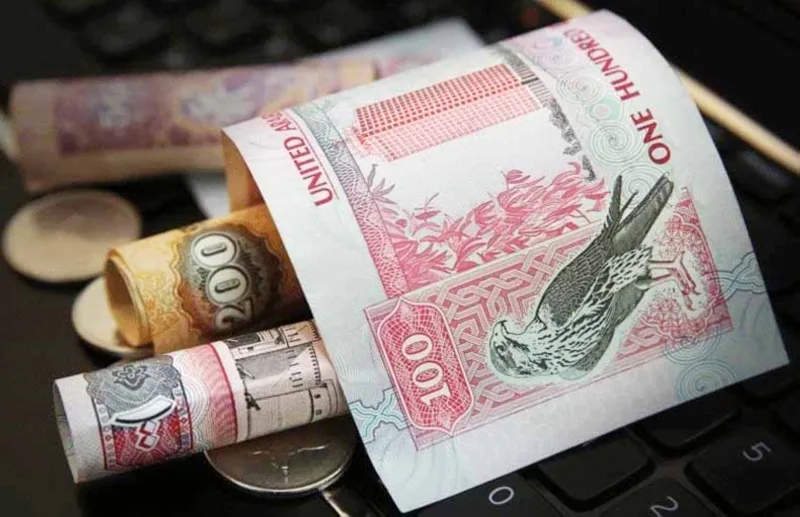
Remittances from expatriates in the Gulf, especially from the United Arab Emirates, where the dirham’s peg to the dollar has exacerbated the currency’s weakness, have surged in response to the Indian rupee’s precipitous decline to a record low versus the dollar.
Currency analysts caution that as the fourth-largest economy in the world struggles with trade headwinds, portfolio outflows, and fiscal uncertainty, the rupee, which has already been weakened by the hefty 50% US tariffs on Indian products, may see further volatility.
The rupee had its greatest decline ever on Friday, falling over the critical 88 level to reach 88.3075 per dollar. The action came after Washington decided to quadruple taxes on Indian goods, a move that was predicted to worsen investor mood and increase India’s trade imbalance.
According to analysts, the Reserve Bank of India (RBI) may step in if the 88 level, which has long been seen as a line in the sand, is breached. However, the majority anticipate that the central bank would permit a slow decline to preserve export competitiveness.
It will remain a rupee-negative event until the uncertainties surrounding US tariffs subside,” stated Dipti Chitale, CEO of Mecklai Financial Services. “We think the RBI will put stability first, but if it helps exporters, it won’t fight against a weaker rupee.
Also Read:
Diving Excellence in Global Shipping Solutions with Varamar, Dubai: Niraj Mehta
Zelensky-Trump Meeting to be Attended by European Leaders





